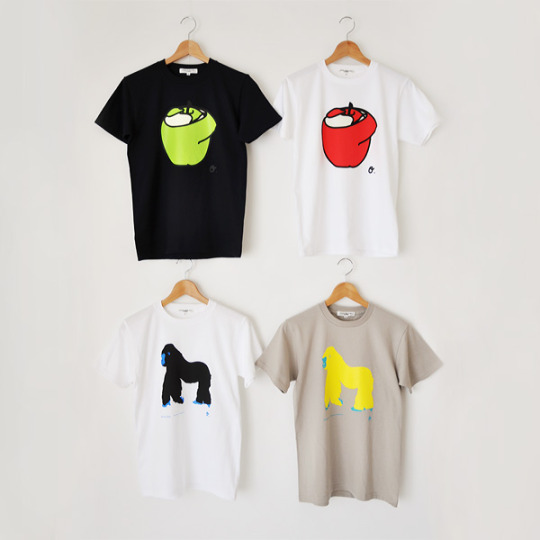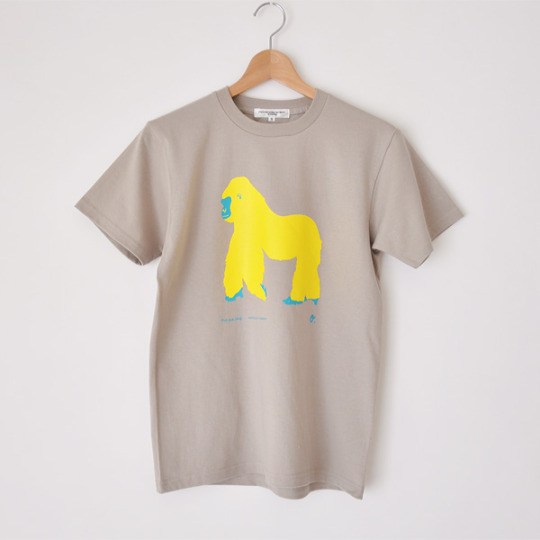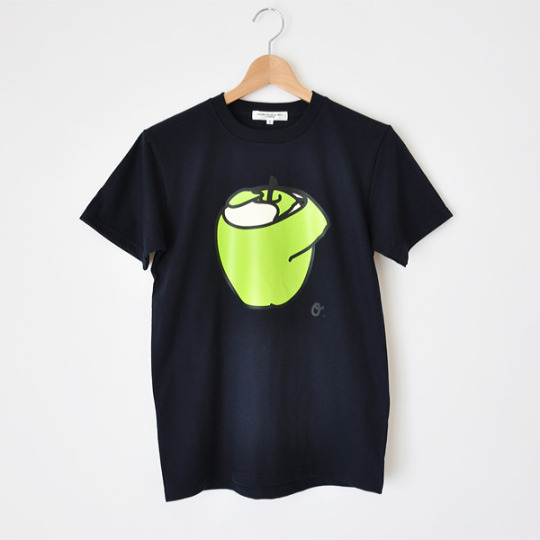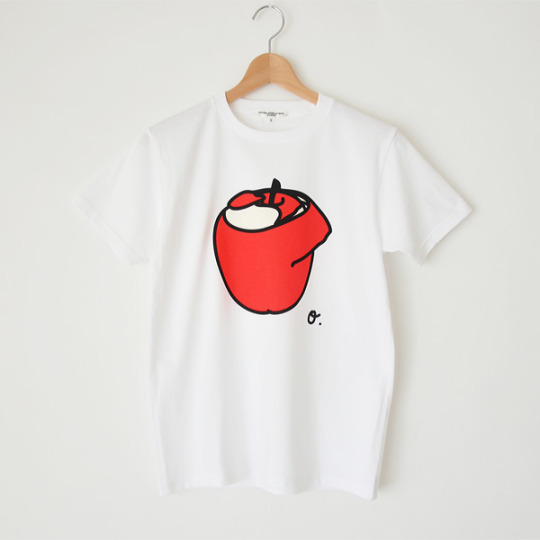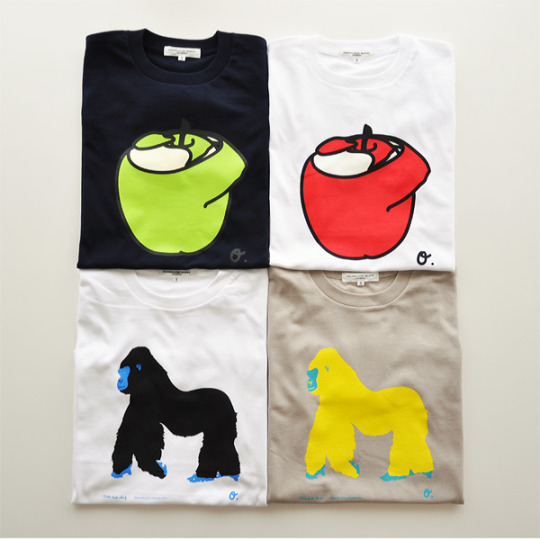#morikage
Text
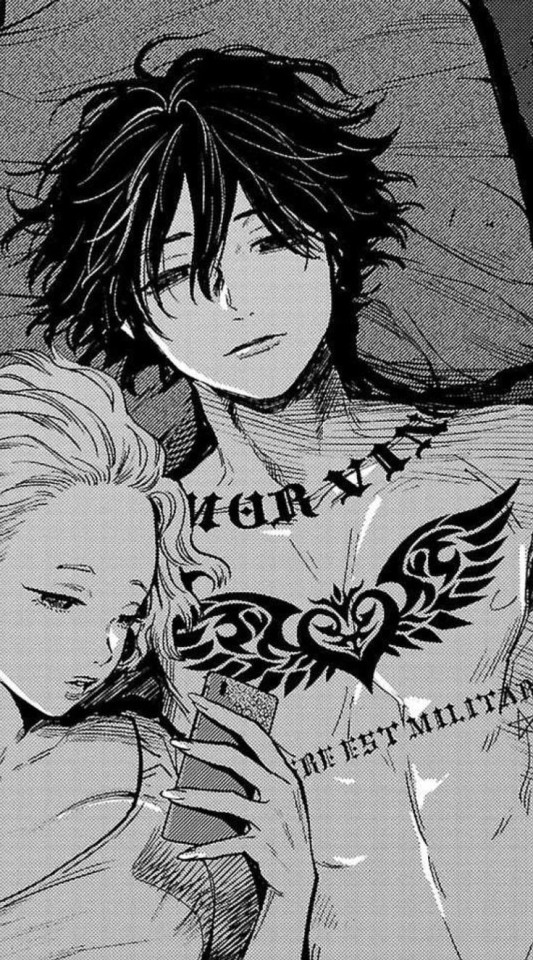
809 notes
·
View notes
Video
youtube
LEGIT - FIRE
#uniteup!#uniteup#legit#togo fuga#nijo eishiro#takao daiki#seiyuu#sakata ryuuichirou#morikage shinnosuke#sukegawa magura#official video#music video#insert song
12 notes
·
View notes
Text
Japon Kutani-Cerámica/Porcelana.

La porcelana de Kutani (九谷焼 Kutani-yaki?) es un tipo de porcelana japonesa esmaltada que toma su nombre de la localidad homónima (hoy parte de la ciudad de Kanazawa, prefectura de Ishikawa). Las primeras piezas datan de mediados del siglo xvii y su producción se extiende hasta la actualidad. Las porcelanas del pintor Kusuni Morikage, caracterizadas por un dibujo decorativo muy bien definido por la línea negra del contorno, gozaron de gran éxito. La porcelana de Kutani se hizo famosa en 1873. expuesta a todo el mundo e hizo que se volviera popular en Occidente. Uno de las mayores coleccionistas de esta porcelana, hoy en día, es el americano John Wocher, nacionalizado japonés. La porcelana se caracteriza por la técnica de pintar en un grosor de cinco colores (rojo, amarillo, verde, morado y azul oscuro) y reflejar la belleza de la naturaleza, mayoritariamente flores y aves, en gran parte de su superficie.
2 notes
·
View notes
Text
Relationship: Family - Reika Aichi

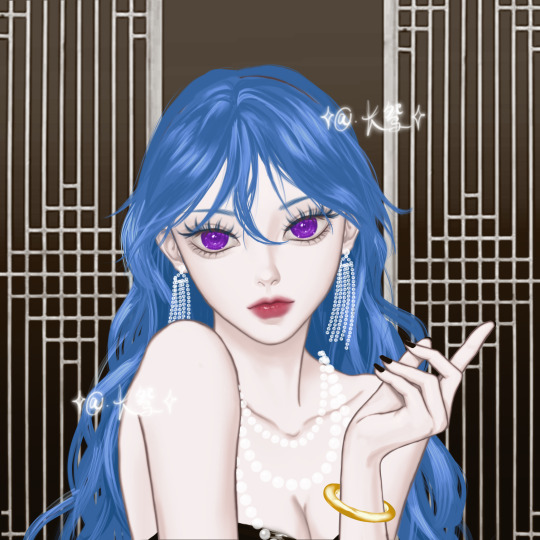
Minako Aichi † - Reika's beloved mother. She was a prostitute and despite the fact, that Reika was born from one of her johns loved her fiercely. She made sure Reika had food, clothing, and a roof over her head even if it meant selling herself. Minako was brutally murdered by one of her johns Takeshi Ichinose. Her death sent Reika into a spiral of revenge and murder.
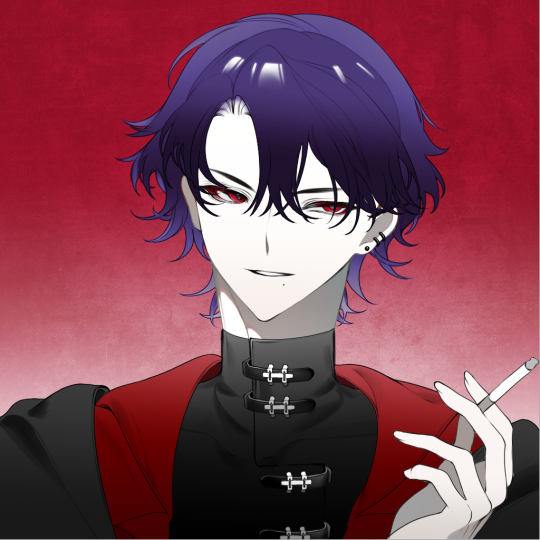
Nozomu Morikage † - Reika's biological father. Reika never knew the man and perhaps it is for the best. Nozomu loved torturing toying with what he considered his. Minako was one of his favorites especially. Fearing what he would do to Reika if he learned of her hid her away from him throughout her childhood. Thankfully he died via gunshot to the back of the head. However, it seems like Reika takes more after her father than she knows.

Takeshi Ichimose † - Reika's 1st husband and the murderer of her mother. He was a wealthy businessman who had acquired a fortune with his job. Reika married him and got revenge for her mother's murder during the honeymoon. Reika stabbed him multiple times with a knife.
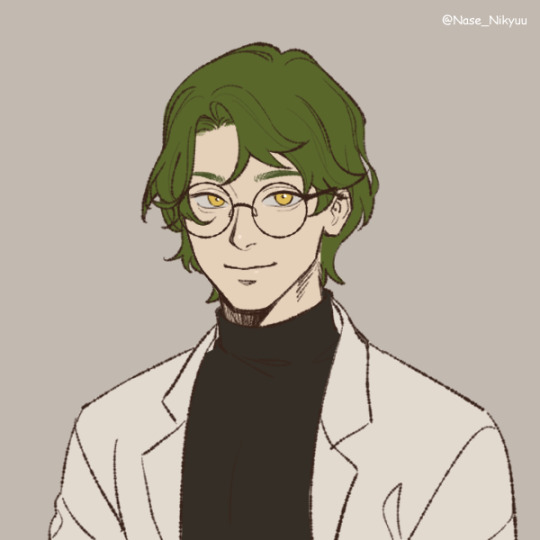
Kouta Ninomiya † - Reika's 2nd husband. He was a wealthy doctor. Reika poisoned him shortly after the wedding.
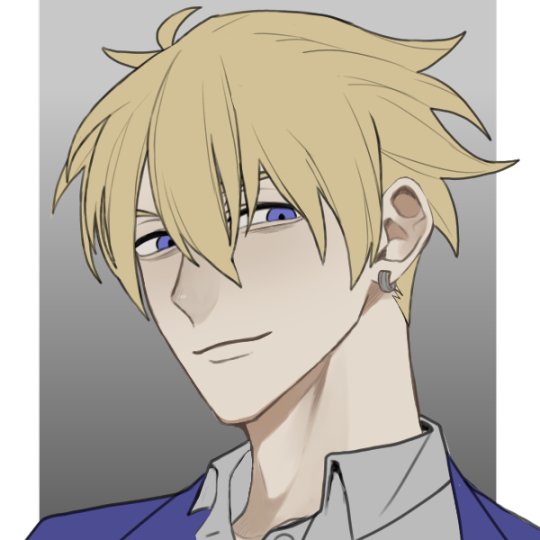
Shinnosuke Mitsuboshi † - Reika's 3rd husband. He was an actor and model. Reika tampered with the brakes of his car and died in a crash.
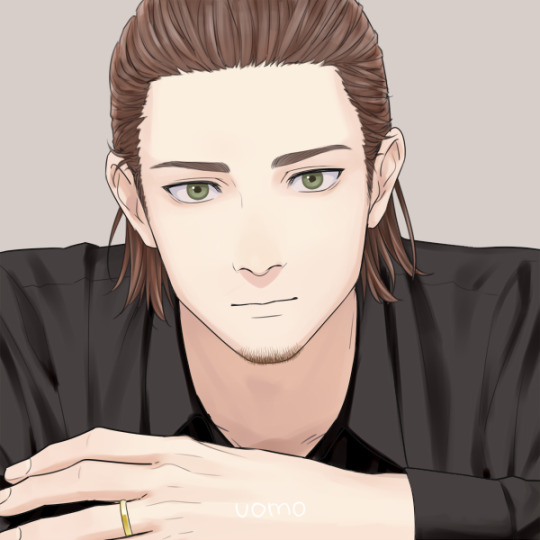
Eiji Yotsuba † - Reika's 4th husband. He was a professional athlete. Reika had Kiyohime strangle him while he slept.

Sougo itsuki † - Reika's 5th husband. He was a lawyer. Reika pushed him off a building and claimed it was self-defense.

???/"Beast" (56 years old) - The closest person Reika has had to a father figure. A retired special forces operative and current owner of the Iron Fang Club. He was the one who discovered Reika after seeing her win a fight by the skin of her teeth. Seeing potential in her Beast offered Reika a chance to learn how to fight from him. She accepted and blossomed under his tutelage easily becoming one of the best fighters he's ever trained. Beast and Reika are extremely close having formed an affectionate but disturbing father-daughter relationship in the years they've known each other. With Beast walking her down the aisle for all her weddings.
#hypnosis microphone#hypnosis mic#hypmic#hypmic oc#hypnosis mic oc#shizuoka division#silent tragedy#reika aichi#family#relationships
10 notes
·
View notes
Photo
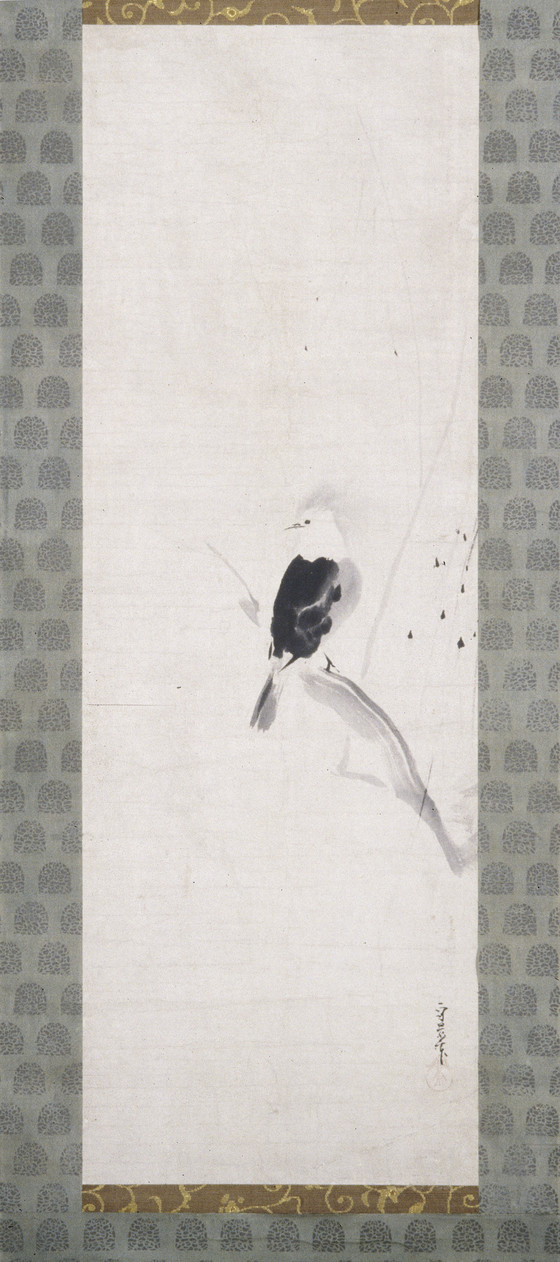
Bird on Branch, Kusumi Morikage 久隅 守景, Japan, 17th century
The Los Angeles County Museum of Art (LACMA)
Provenance: donated by Margot and Hans Ries 1997
64 1/2 x 15 3/4 in. (163.8 x 40 cm)
Kusumi Morikage (久隅 守景, c. 1620–1690) came from Kaga Province, the centre of the lands of the Maeda clan. His daughter, Kiyohara Yukinobu (1643–1682), was also an artist, one of the few known female painters of the Edo period. Morikage was often recognised as one of Tan’yū’s best four pupils in the Kanō School of Painting. When the school was founded, Kanō Masanobu adopted the Chinese painting style favoured by Zen philosophy - depicted by strong brushwork, dominant use of ink and minimal use of pigments.
[text source: @wikipedia]
14 notes
·
View notes
Photo

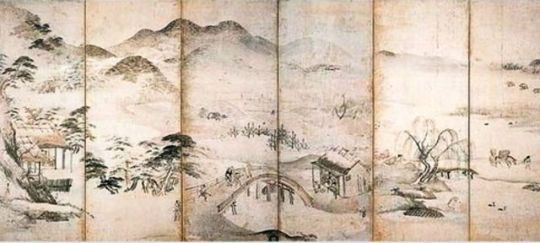
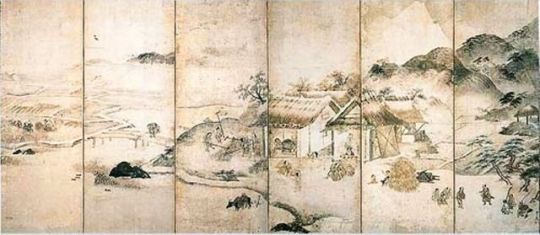
byōbu-e 屏風絵 - “Agriculture in the four seasons“ by
Kusumi Morikage 久隅守景 (c. 1620–1690).
24 notes
·
View notes
Photo
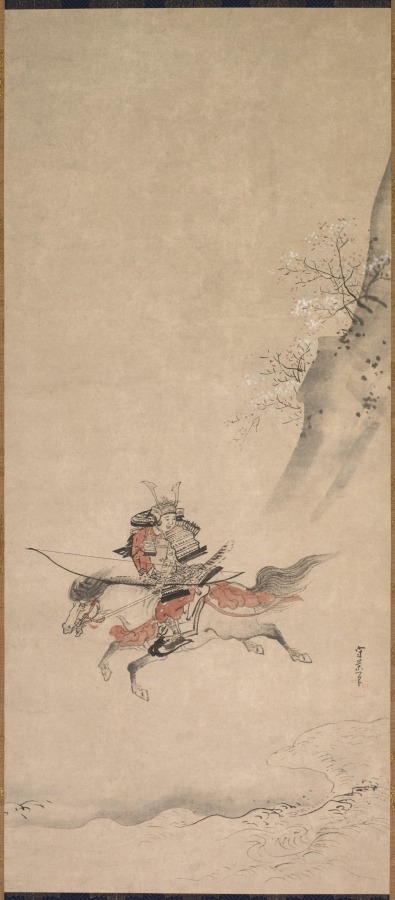
A Samurai on Horseback, Kusumi Morikage, 17th century, Cleveland Museum of Art: Japanese Art
Size: Overall: 110 x 48 cm (43 5/16 x 18 7/8 in.)
Medium: hanging scroll; ink and slight color on paper
https://clevelandart.org/art/1992.371
140 notes
·
View notes
Photo
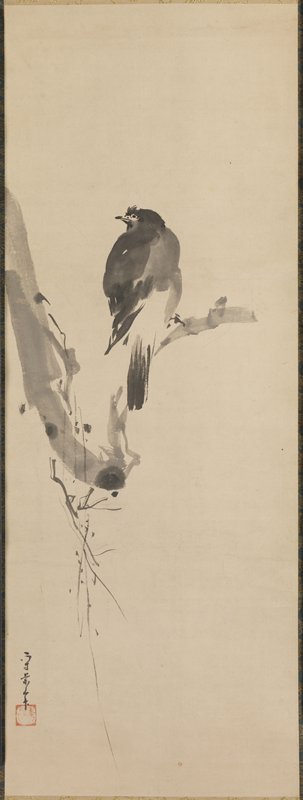
Myna on a Branch [left of a triptych of Scholar with Heron and Myna], Kusumi Morikage, mid 17th century, Minneapolis Institute of Art: Japanese and Korean Art
Myna perched on a scraggly branch turning to the left, away from central scroll. vines dangle from the branch Japanese hanging scrolls often come in groups of three: a central figure painting flanked by birds, landscapes, or complementary figures. Kusumi Morikage made this triptych’s central figure a Chinese scholar whose servant boy holds a pole to display a hanging scroll painting of bamboo. Though unidentified, the scholar is likely Su Dongpo (1037–1101), a famous Chinese statesman, poet, and painter. Bird-and-flower paintings in an abbreviated, quasi-Chinese style complement this portrait of an ancient Chinese literary hero. Although Kusumi Morikage never took the Kano name, he was a top student in the studio of Tan’yū (1602–1674), the Kano house’s leader, whose niece Morikage married. Their extraordinarily talented daughter, Kiyohara Yukinobu (1643–1682), was among the most prominent female painters in early modern Japan.
Size: 66 x 11 1/2 in. (167.64 x 29.21 cm) (mounting) 31 1/4 x 11 1/2 in. (79.38 x 29.21 cm) (image)
Medium: Ink on paper
https://collections.artsmia.org/art/8640/
48 notes
·
View notes
Video
youtube
新しい曲が出ます2。やっぱりやるんだよ。ライフイズショート。
【2020 レコードの日 限定盤】11.3 limited 7inch ON SALE!!
SIDE A - Remember April(四月の思い出)
SIDE B - あさひが来たら https://youtu.be/-G7ZETnNnj8
—————————
▽購入はこちらから
MAYONAKA Rec. store
https://qimygo.base.shop/
HMV&BOOKS online
https://www.hmv.co.jp/product/detail/11152629
全国各レコード店でも取扱中!
品番 - HR7S202 価格 - 1600yen(税抜)
info : [email protected]
—————————
Vocal&Chorus,Keyboards - キミーゴa.k.a qimygo[kimi-go]
Drums,Percussion - Koji Oishi
Bass - Takashi Nozuki
Guitar - Takao Suzuki
Tenor sax - Wataru Morikage
Trumpet - Chan Keng
—————————
Recorded at.Majestic Studio(Sasazuka.Tokyo)
Recording Engineer - Takashi Nozuki
Mix & Mastering Engineer - e-mura(Bim One Production)
Produced & Directed - キミーゴa.k.a qimygo(MAYONAKA Records)
Distributed - HMV Record shop
Video Director - slo
7” Jacket Art&Design - Hajime Sakurai
—————————
Special Thanks - Eitetsu Takamiya(Flower Records),Kiyoshi Matsutakeya(ex.TOMATOS),Sakko(Onegram) ,ツッチー Rodehihi(Pyramidos), 岐阜GOODY&Goodies'Boogie Posse,misuzu Coffee,Hiratti&Komatsu san ....and more
ーーーーーーーーー
昨日ね、某レコ屋で偶然光風さんに会ったんです。
で、たまたまコム・デ・ギャルソンの川久保さんの話になって
あの方は齢78歳にして、自分が大切にしてるのは反骨心だと答えていて、
かっこいい、って心の底から思ったのよ。
あまり公にアピールすることはないかもしれないけど、表現していくことを辞めないっていう姿勢で表すのはかっこいいよな。
うん。だからなんだって話ですが。
とにかく私はリリースも続けるし、バンドも、制作活動もライブも続けます。
なので、続ける為にも買って応援してよね!という話です。
通販サイトMAYONAKA store
https://qimygo.base.shop/
にも新商品色々upしましたのでチェックしてみてね。
1 note
·
View note
Photo
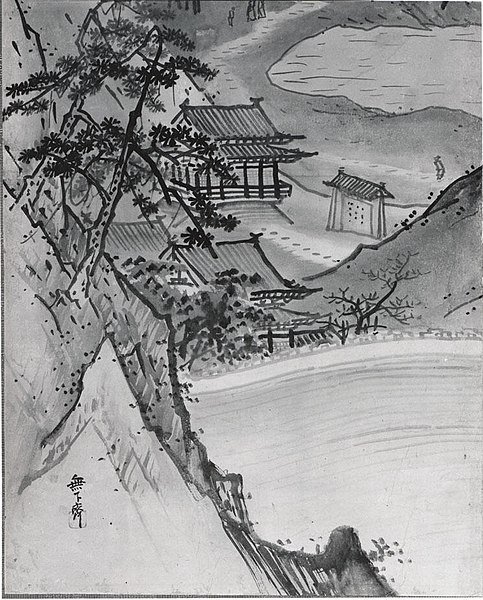
Landscape by Kusumi Morikage (?-?), 17th century
23 notes
·
View notes
Photo

by Kusumi Morikage via Asian Art
Medium: Pair of six-panel folding screens ; ink and light color on paper
Purchase, Joseph Pulitzer Bequest, 1972 Metropolitan Museum of Art, New York, NY
http://www.metmuseum.org/art/collection/search/45082
0 notes
Text
Japon Kutani-Cerámica/Porcelana.
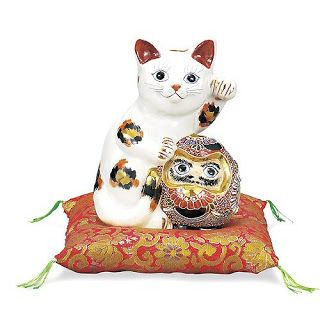
La porcelana de Kutani (九谷焼 Kutani-yaki?) es un tipo de porcelana japonesa esmaltada que toma su nombre de la localidad homónima (hoy parte de la ciudad de Kanazawa, prefectura de Ishikawa). Las primeras piezas datan de mediados del siglo xvii y su producción se extiende hasta la actualidad. Las porcelanas del pintor Kusuni Morikage, caracterizadas por un dibujo decorativo muy bien definido por la línea negra del contorno, gozaron de gran éxito. La porcelana de Kutani se hizo famosa en 1873. expuesta a todo el mundo e hizo que se volviera popular en Occidente. Uno de las mayores coleccionistas de esta porcelana, hoy en día, es el americano John Wocher, nacionalizado japonés. La porcelana se caracteriza por la técnica de pintar en un grosor de cinco colores (rojo, amarillo, verde, morado y azul oscuro) y reflejar la belleza de la naturaleza, mayoritariamente flores y aves, en gran parte de su superficie.
2 notes
·
View notes
Text
Japon Kutani-Cerámica/Porcelana.
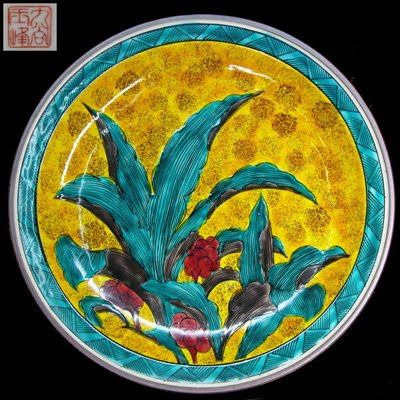
La porcelana de Kutani (九谷焼 Kutani-yaki?) es un tipo de porcelana japonesa esmaltada que toma su nombre de la localidad homónima (hoy parte de la ciudad de Kanazawa, prefectura de Ishikawa). Las primeras piezas datan de mediados del siglo xvii y su producción se extiende hasta la actualidad. Las porcelanas del pintor Kusuni Morikage, caracterizadas por un dibujo decorativo muy bien definido por la línea negra del contorno, gozaron de gran éxito. La porcelana de Kutani se hizo famosa en 1873. expuesta a todo el mundo e hizo que se volviera popular en Occidente. Uno de las mayores coleccionistas de esta porcelana, hoy en día, es el americano John Wocher, nacionalizado japonés. La porcelana se caracteriza por la técnica de pintar en un grosor de cinco colores (rojo, amarillo, verde, morado y azul oscuro) y reflejar la belleza de la naturaleza, mayoritariamente flores y aves, en gran parte de su superficie.
2 notes
·
View notes
Text
Japon Kutani-Cerámica/Porcelana.
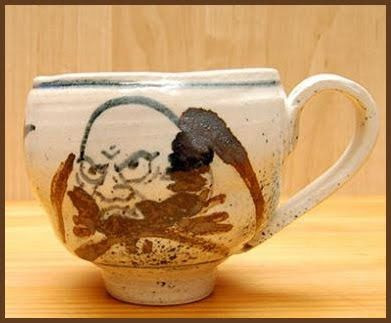
La porcelana de Kutani (九谷焼 Kutani-yaki?) es un tipo de porcelana japonesa esmaltada que toma su nombre de la localidad homónima (hoy parte de la ciudad de Kanazawa, prefectura de Ishikawa). Las primeras piezas datan de mediados del siglo xvii y su producción se extiende hasta la actualidad. Las porcelanas del pintor Kusuni Morikage, caracterizadas por un dibujo decorativo muy bien definido por la línea negra del contorno, gozaron de gran éxito. La porcelana de Kutani se hizo famosa en 1873. expuesta a todo el mundo e hizo que se volviera popular en Occidente. Uno de las mayores coleccionistas de esta porcelana, hoy en día, es el americano John Wocher, nacionalizado japonés. La porcelana se caracteriza por la técnica de pintar en un grosor de cinco colores (rojo, amarillo, verde, morado y azul oscuro) y reflejar la belleza de la naturaleza, mayoritariamente flores y aves, en gran parte de su superficie.
1 note
·
View note
